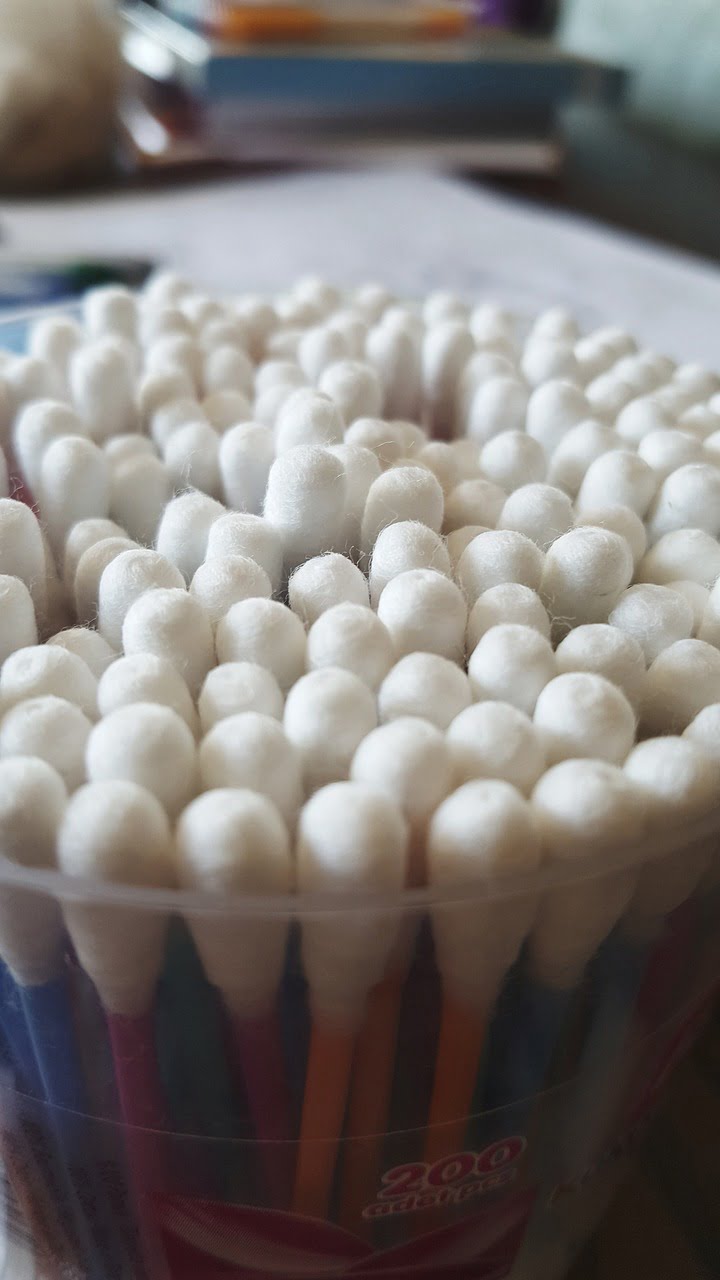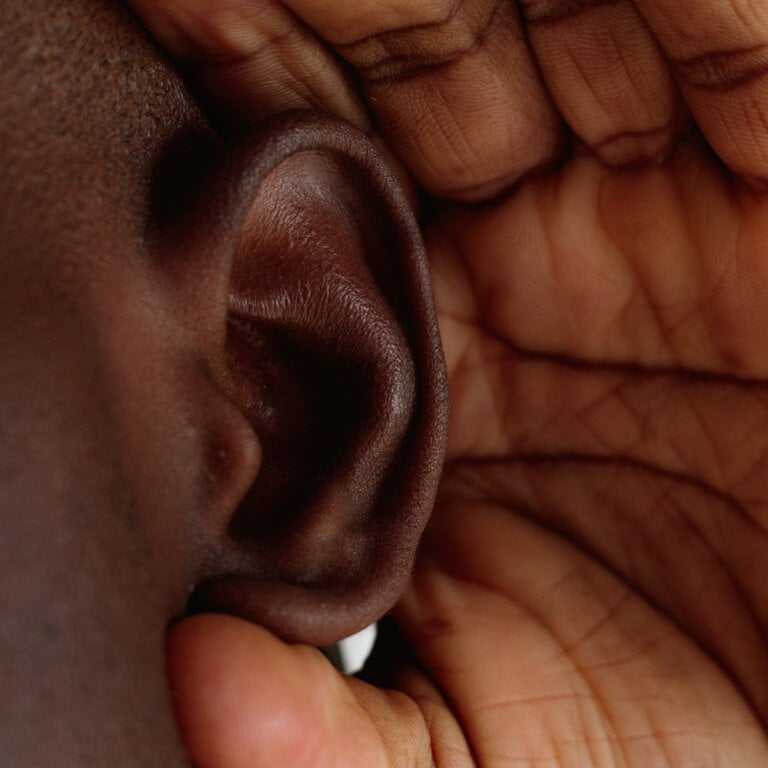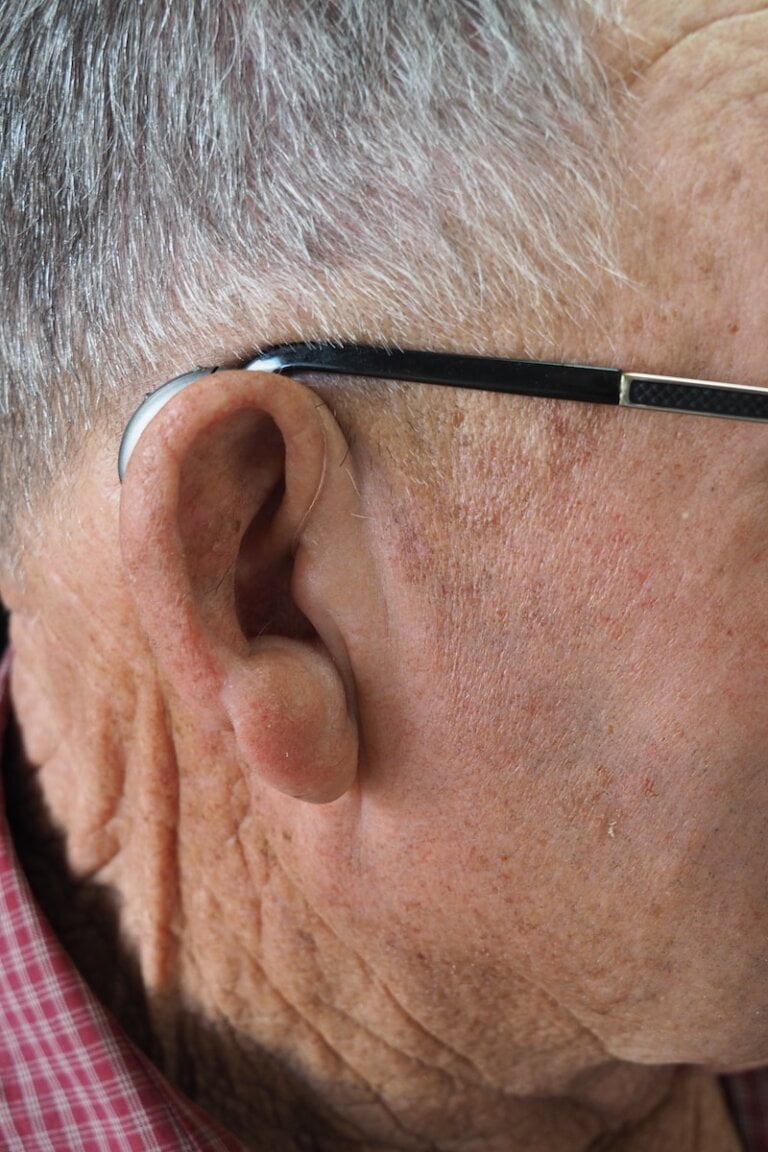Unveiling the Secrets: A Comprehensive Guide to Understanding Ear Wax
Ear wax, also known as cerumen, is a waxy substance produced by the glands in the ear canal. While it may seem like an unpleasant and unnecessary bodily secretion, ear wax actually serves several important purposes in our ear health. In this comprehensive guide, we will explore the fascinating world of ear wax, uncovering its secrets and shedding light on its significance.
What is Ear Wax?
Ear wax is a natural substance produced by the ceruminous glands in the ear canal. It is a mixture of secretions from these glands, dead skin cells, and dust or debris that may have entered the ear. The main components of ear wax include cerumen, sebum, and sloughed off skin cells.
Ear wax is not just a random substance that our body produces; it has a specific function and purpose. By understanding what ear wax is and why it is present, we can better appreciate its role in maintaining the health of our ears.
The Functions of Ear Wax
Contrary to popular belief, ear wax plays a crucial role in maintaining the health of our ears. Here are some of its important functions:
- Protection: One of the primary functions of ear wax is to protect the delicate structures of the ear. The sticky nature of ear wax helps to trap dust, debris, and microorganisms, preventing them from reaching the eardrum. This protective barrier helps to reduce the risk of infections or damage to the ear.
Ear wax acts as a natural defense mechanism for our ears. It forms a barrier that prevents harmful particles from entering the ear canal and reaching the sensitive eardrum. Without this protective layer, our ears would be more susceptible to infections, irritation, and damage.
- Moisturizing: Ear wax contains sebum, which acts as a natural moisturizer for the ear canal. It helps to prevent dryness and itchiness, keeping the skin in the ear canal healthy and hydrated.
The sebum present in ear wax helps to moisturize the delicate skin lining the ear canal. This prevents dryness and itchiness, ensuring that the ears remain comfortable and free from irritation. Adequate moisture is essential for maintaining the overall health of the ear canal.
- Cleaning: As new ear wax is produced, it gradually pushes the old wax outwards, carrying with it any trapped dust, debris, or dead skin cells. This self-cleaning mechanism ensures that the ear canal remains clear and free from blockages.
Ear wax has a self-cleaning mechanism that helps to keep the ear canal clear. As new ear wax is produced, it gradually pushes the old wax along the ear canal, carrying with it any dirt, dust, or dead skin cells that may have accumulated. This natural process helps to prevent blockages and maintain the overall cleanliness of the ear.
By understanding the functions of ear wax, we can appreciate its importance in maintaining the health and well-being of our ears. It is not just a random bodily secretion, but a vital substance that serves multiple purposes.
Types of Ear Wax
There are two main types of ear wax: wet and dry. The type of ear wax a person has is determined by their genetics. Understanding the difference between these types can help in managing ear wax buildup effectively.
- Wet Ear Wax (Cerumen): This type of ear wax is yellow or brown in color and has a sticky consistency. People with wet ear wax tend to have a higher production of cerumen and may be more prone to earwax impactions.
Wet ear wax, also known as cerumen, is the most common type of ear wax. It has a sticky consistency and can range in color from yellow to brown. People with wet ear wax tend to produce more cerumen, which can increase the likelihood of earwax impactions if not managed properly.
- Dry Ear Wax (Keratin): Dry ear wax is typically light-colored, flaky, and crumbly. It is often associated with individuals of East Asian descent. People with dry ear wax may have a lower production of cerumen, making them less susceptible to earwax blockages.
Dry ear wax, also known as keratin, is less common and is typically found in individuals of East Asian descent. It has a light color and a dry, flaky texture. People with dry ear wax generally produce less cerumen, which can reduce the risk of earwax blockages.
Knowing the type of ear wax you have can help you better understand your ear wax management needs. If you have wet ear wax, you may need to be more vigilant in preventing impactions, while those with dry ear wax may require less intervention.
Ear Wax Impactions
Sometimes, the natural process of ear wax removal may become disrupted, leading to an earwax impaction. An impaction occurs when ear wax accumulates and hardens, causing a blockage in the ear canal. This can lead to symptoms such as:
- Earache or pain
- Reduced hearing
- Tinnitus (ringing in the ears)
- Dizziness or vertigo
- Itchiness or irritation
If you suspect an earwax impaction, it is important to seek professional medical assistance. A healthcare provider can safely remove the blockage using specialized instruments or by flushing the ear with warm water.
Earwax impactions can be uncomfortable and may interfere with your ability to hear properly. If you experience symptoms such as earache, reduced hearing, or ringing in the ears, it is essential to seek medical help. A healthcare professional can safely remove the blockage and provide relief from the associated symptoms.
Do’s and Don’ts of Ear Wax Management
Proper ear wax management involves maintaining a balance between keeping the ears clean and avoiding excessive removal. Here are some do’s and don’ts to help you effectively manage ear wax:
Do’s:
- Practice good hygiene: Clean the outer part of your ears gently with a washcloth. Avoid inserting anything into the ear canal, as this can push wax further inside and lead to impactions.
Maintaining good hygiene is important for ear wax management. Cleaning the outer part of your ears with a washcloth can help remove excess wax and dirt. However, it is crucial to avoid inserting anything into the ear canal, as this can push the wax deeper and increase the risk of impactions.
- Seek professional help: If you suspect an earwax impaction or experience any concerning symptoms, consult a healthcare professional who can safely remove the blockage.
If you suspect an earwax impaction or are experiencing symptoms such as pain, reduced hearing, or dizziness, it is best to seek professional help. A healthcare professional has the expertise and tools to safely remove the blockage without causing further damage to the ear.
- Use ear drops: Over-the-counter ear drops can help soften and loosen ear wax, making it easier to remove naturally.
Over-the-counter ear drops can be used to soften and loosen ear wax, making it easier to remove naturally. These drops are specifically formulated to break down the wax and facilitate its natural expulsion from the ear canal. Follow the instructions provided with the ear drops for safe and effective use.
Don’ts:
- Insert foreign objects: Avoid using cotton swabs, hairpins, or any other objects to clean your ears. These can push wax deeper into the ear canal, increasing the risk of impactions or damage to the ear.
It is important to avoid inserting any foreign objects into the ear canal. Cotton swabs, hairpins, or other objects can push the wax deeper, leading to impactions or even damage to the delicate structures of the ear. Stick to external cleaning methods to prevent any complications.
- Overclean your ears: Excessive cleaning can strip the ears of their natural protective layer of wax and disrupt the self-cleaning mechanism. This can lead to dryness, irritation, and increased susceptibility to infections.
While it is important to maintain good hygiene, overcleaning the ears can do more harm than good. Excessive cleaning can remove the natural protective layer of wax, leading to dryness, irritation, and an increased risk of infections. Allow the self-cleaning mechanism of the ears to function naturally to maintain a healthy balance.
By following these do’s and don’ts of ear wax management, you can ensure that your ears stay clean and healthy without compromising their natural protective mechanisms.
When to Consult a Healthcare Professional
While most cases of ear wax buildup can be managed at home, there are certain instances where seeking medical attention is necessary. Consult a healthcare professional if you experience:
- Severe pain or discomfort
- Persistent hearing loss
- Bleeding from the ear canal
- Drainage or discharge from the ear
- Recurring ear infections
These symptoms may indicate an underlying ear condition that requires medical intervention. A healthcare professional can assess your symptoms, diagnose any underlying issues, and provide appropriate treatment.
Conclusion
Ear wax is not just a nuisance but an important part of our ear health. Understanding its functions and adopting proper ear wax management practices can help us maintain optimal ear hygiene. Remember, while it is essential to keep our ears clean, it is equally important to avoid excessive removal or improper cleaning methods. When in doubt, always seek professional advice to ensure the health and well-being of your ears.
By appreciating the role of ear wax and taking care of our ears, we can ensure that they remain healthy and functioning optimally. Embrace the secrets of ear wax and let them guide you towards maintaining excellent ear health.
FAQ
1. What is the function of ear wax?
Ear wax serves several important functions in maintaining ear health. It acts as a protective barrier, trapping dust, debris, and microorganisms to prevent them from reaching the eardrum. It also moisturizes the ear canal and has a self-cleaning mechanism to keep the ear clear of blockages.
2. What are the types of ear wax?
There are two main types of ear wax: wet ear wax (cerumen) and dry ear wax (keratin). Wet ear wax is sticky and yellow or brown in color, while dry ear wax is light-colored, flaky, and crumbly. The type of ear wax a person has is determined by their genetics.
3. What are the symptoms of an earwax impaction?
An earwax impaction can cause symptoms such as earache or pain, reduced hearing, tinnitus (ringing in the ears), dizziness or vertigo, and itchiness or irritation. If you experience these symptoms, it is important to seek medical help to safely remove the blockage.
4. What are the do’s and don’ts of ear wax management?
- Do practice good hygiene by cleaning the outer part of your ears gently with a washcloth.
- Do seek professional help if you suspect an earwax impaction or experience concerning symptoms.
- Do use over-the-counter ear drops to soften and loosen ear wax.
- Don’t insert foreign objects into the ear canal, such as cotton swabs or hairpins.
- Don’t overclean your ears, as excessive cleaning can strip the natural protective layer of wax and increase the risk of dryness, irritation, and infections.







